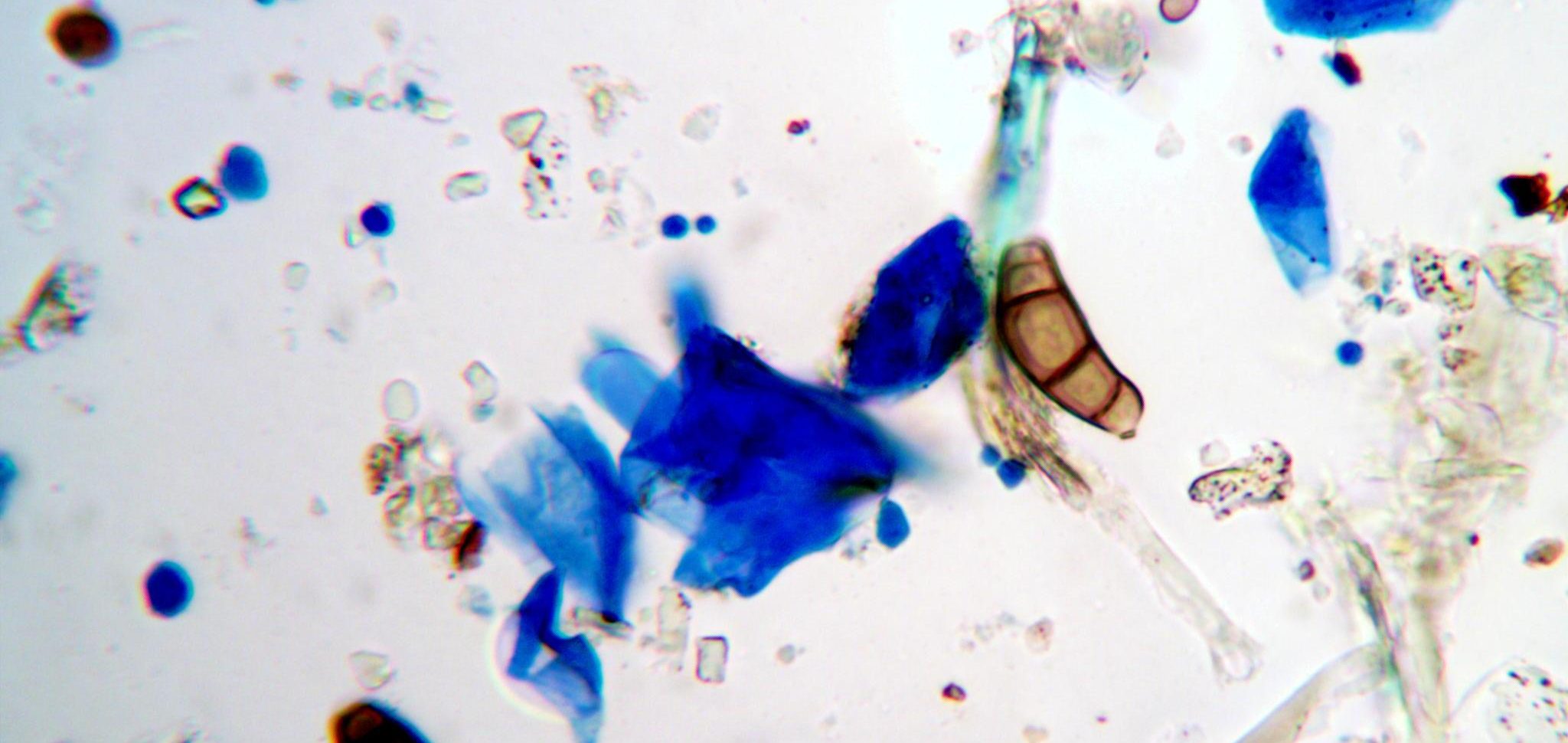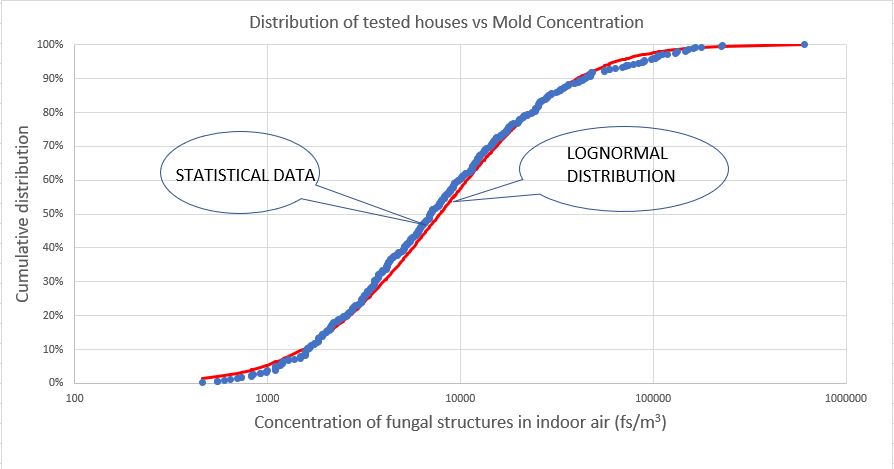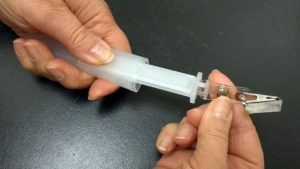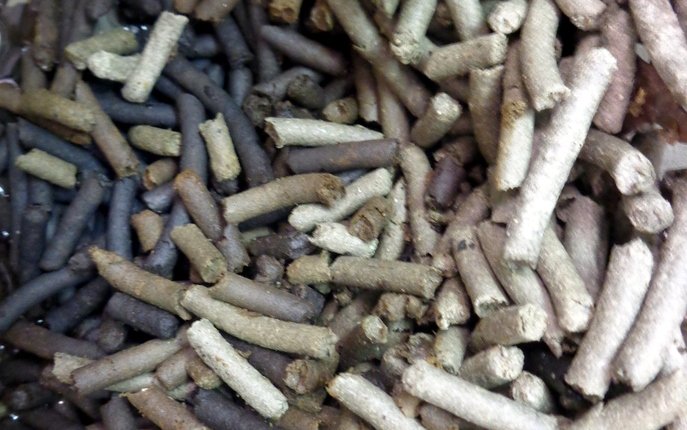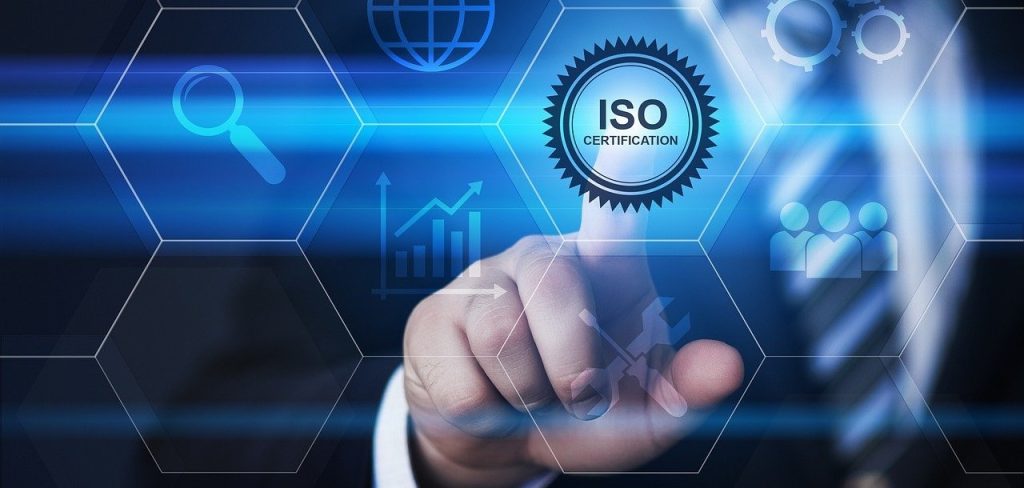Mould is a vital component of our natural world, indispensable for breaking down organic matter and sustaining ecosystems. However, its presence in indoor spaces such as homes or offices can present significant health risks. Water damage—whether from leaks, floods, or high humidity—provides the ideal conditions for mould to flourish. Once established, mould produces vast quantities of spores that disperse into the air, leading to outbreaks. These outbreaks can result in respiratory issues, allergic reactions, and other health complications, underscoring the importance of maintaining a mould-free indoor environment.
Understanding Airborne Mould
LCS Laboratory Inc., a premier Canadian indoor Air Quality testing facility, specializes in both industrial and residential air quality investigations, including mould assessments. Our mission is to provide precise, dependable testing services that help clients identify hazards and enhance the quality of their indoor environments. Recognizing the critical importance of a safe living space, particularly when addressing airborne mould spores in water-damaged structures, we apply years of expertise and cutting-edge analysis to each project.
Over the years, our team has amassed an extensive dataset on mould distribution in Canadian homes. This invaluable information—collected exclusively from residential and office buildings across the country—was obtained through rigorous testing methods, including the ASTM D7391 standard. This protocol allows for the identification of 12 mould types, though for the purposes of this study, we focus on the total concentration of fungal structures, encompassing both spores and hyphae.
Decoding Mould Levels: Clean vs Contaminated
When LCS Laboratory receives a sample, its background—whether from a flood-affected property or a recently remediated site—is often unknown. This study aims to establish benchmarks for indoor mould concentrations, identifying thresholds that differentiate “clean” from “contaminated” spaces.
Our analysis reveals that mould concentrations in Canadian homes vary dramatically, ranging from a few hundred fungal structures per cubic metre (fs/m³) to over 1,000,000 fs/m³. This vast variability is best characterized by a log-normal distribution, with a statistically derived curve aligning well with our data points. The cumulative distribution of mould concentrations across Canadian residences is summarized below.
Classifying Mould Levels in Canadian Homes
To provide a practical framework, we categorized the data into four groups, each representing 25% of the sampled homes:
- <3,000 fs/m³: Low to moderate mould concentration, typical of the cleanest 25% of homes.
- 3,000–7,000 fs/m³: Moderate mould concentration, falling below the median level for Canadian residences.
- 7,000–20,000 fs/m³: High mould concentration, significantly above the national average.
- >20,000 fs/m³: Very high mould concentration, observed in the top 25% of homes with the highest readings.
This classification provides a straightforward benchmark for assessing indoor air quality. If you are concerned about the mould levels in your property and want to ensure a healthy indoor environment, our team is ready to assist. Contact LCS Laboratory Inc. to discuss your needs and take the first step towards safeguarding your home and health.

